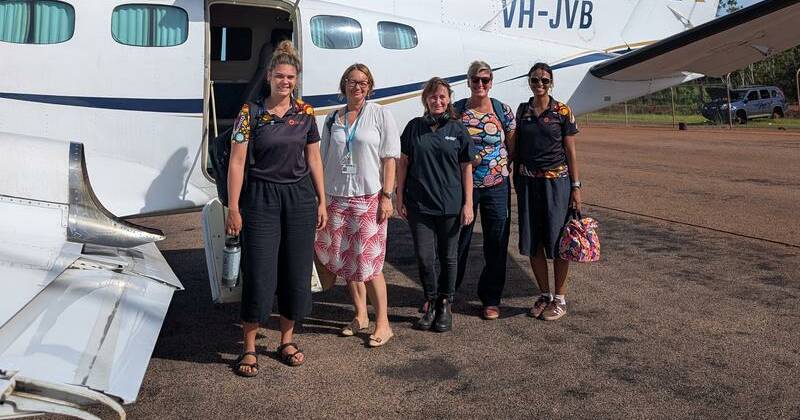
Research conducted by the Menzies School of Health Research has unveiled significant health risks associated with a unique strain of chronic hepatitis B that predominantly affects First Nations populations in Australia. The study focused on the C4 sub-genotype of hepatitis B among Aboriginal and Torres Strait Islander people, revealing alarming rates of liver disease linked to this infection.
Lead researcher Jane Davies highlighted the implications of chronic hepatitis B, noting that liver damage can lead to serious conditions such as liver cirrhosis and liver failure, as well as an increased risk of liver cancer. “This C4 sub-genotype, when we looked at it in the lab at the very detailed genetics of it, it looked like it was very aggressive with respect to these two things,” she stated.
The study’s findings stem from an analysis of clinical data from over 780 individuals across the Northern Territory. Professor Davies indicated that the results confirmed laboratory observations, showing that 22 percent of the participants exhibited significant liver damage. Furthermore, 16 percent of those with liver damage were diagnosed with cirrhosis, a condition characterized by severe scarring that can severely impair liver function.
“We’ve followed people over time, we’ve looked at different markers of the virus as part of their clinical care and have confirmed there are significantly high rates of liver damage within the population of Aboriginal and Torres Strait Islander people who have this very specific sub-genotype of chronic hepatitis B,” Professor Davies explained. Current Australian health guidelines indicate that only 25 percent of those studied are receiving appropriate treatment.
As part of their research, the team explored the potential impact of adopting the World Health Organization‘s expanded treatment guidelines for patients with C4 hepatitis B. Professor Davies noted that if these guidelines were implemented, approximately 50 percent of those currently untreated would qualify for therapy.
While acknowledging the complexities involved in expanding treatment guidelines, Professor Davies emphasized the necessity of supporting optimal liver health for individuals living with hepatitis B. “My personal opinion is that we should be treating as many people as we can where there is evidence that we can reduce their risk of progression to liver failure and liver cancer,” she stated.
The study raises crucial questions regarding immediate treatment options for more than half of the affected population. Professor Davies reiterated the importance of a thoughtful discussion surrounding the benefits and challenges of such an initiative.
These findings, part of the ongoing Hep B PAST program aimed at eliminating hepatitis B in the Northern Territory, were published in the journal BMC Infectious Diseases. The research underscores the urgent need for targeted interventions to address the disproportionate impact of hepatitis B on First Nations communities in Australia.







